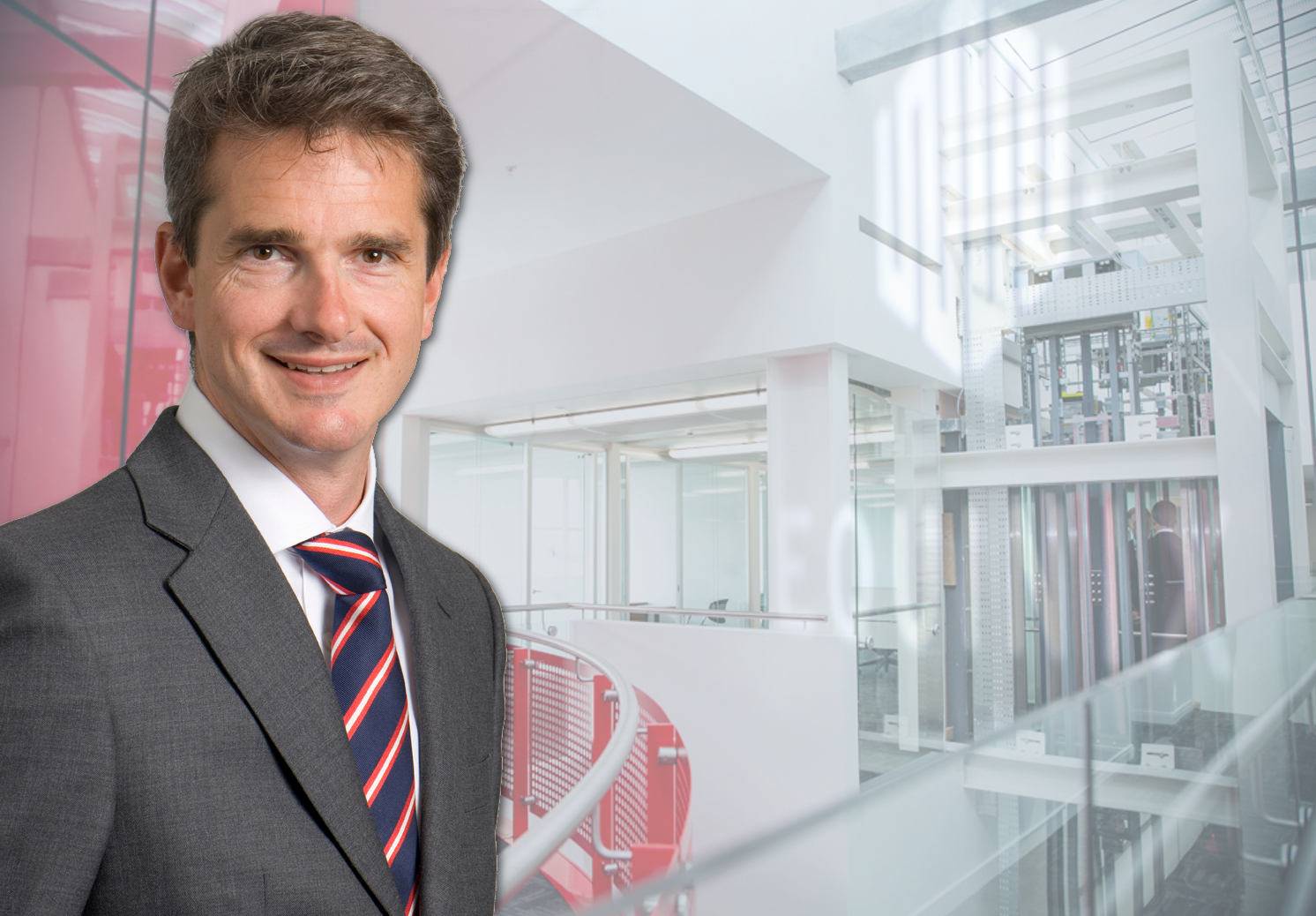
"We see a very long way of continued high levels of demand of what we do," said Russell Poole, managing director at Equinix UK, on the day the data centre provider cut the ribbon of their latest facility in Slough, London.
The opening of LD6 continues the steady expansion of Equinix’s global interconnection platform. Once completed, the Equinix Slough campus will be the largest in the UK, providing over 36,000 m2 of collocation space.
The total estimated cost for the multi-phase LD6 project is $145 million. Additionally, Equinix has invested $37 million in the building of its existing LD4 and LD5 campus buildings and entered into 50-year ground lease for the entire LD4, LD5 and LD6 campus.
"This has been the big transformation within Equinix over the last 7 years or so. It is the difference between a company that builds and runs data centres and a company that is looking to embed itself in its customers IT strategy and their growth strategy, becoming part of that understanding, of what is important to them, what their drivers are and where the pain is, in order to try to help and solve all of that," said Mr Poole.
"We have a lot of CIO engagement and the feedback we get is what they are looking for and in most cases is a way of migrating to cloud and migrating to a hybrid cloud solution," he said.
CIO do however often remain unclear and uncertain about who to execute a cloud migration with.
Equinix’s Cloud Exchange & Performance Hub
One of the key Equinix saling points it says is offering enterprise customers access to multiple cloud vendors in one location.
"Access via Equinix’s Cloud Exchange allows customers to consume services and multiple cloud vendors, and that is just one part of the difference between Equinix and just a provider of data centres," Mr Poole said.
Explaining Cloud Exchange Mr Poole said: "Think of it as a switch: on one side of it we have consumers and enterprise customers and on the other we have providers, the cloud providers and software as service guys and anybody else that is providing their service as a service.
"You take a port, on one side as a consumer the suppliers take ports and we organise those vertical cross connections within the switch fabric.
"So from the enterprise perspective you are taking one port on one switch fabric and you have access to multiple cloud services. That means you can choose which is most appropriate for which kind of workload or which kind of application," Mr Poole said.
The Performance Hub allows customers to extend their wide area networks to Equinix’s data centres. Users are then able to access other services like Cloud Exchange or the high levels of network present in these data centres "so they can make sure they have the best quality lowest latency network by deploying part of these wide area networks in our data centre via Performance Hub".
Virtualised databases
Virtualisation became a big trend over the last few years as companies can deploy their data sets using less hardware but can still get more out of it.
Most customers within UK’s Equinix hubs are deployed on virtualised environments.
"Our role is to make sure data has got the best possible place to live and the most interesting things to connect to. We don’t drive virtualisation agenda," he added.
The director, who has been with the company for 15 years, observed that virtualisation was seen as a threat to data centre providers, because it uses less space. On the other hand, he also explained that the uses of it are growing at a much faster rate than the technology is getting smaller.
"Yes, the technology is getting smaller, but you can do more with less. The uses of technology are increasing at such a rapid rate that is absolutely accelerating the shrinkage in the footprint," Mr Poole continued.
From the ground to the cloud
The LD6 facility has been tailored ‘from the ground to the cloud’ to provide an ultra-energy-efficient ecosystem.
Equinix will use mass air cooling technology with indirect heat exchange and 100 percent natural ventilation to cool down LD6.
"The whole design philosophy here has been to deliver the most resilient and energy efficient data centre that we could build," Mr Poole added.
In the case of a power outage, banks of batteries will be activated supporting the full load of the data centre for up to 8 minutes while six 850 kVA generators start up.
As for the future, despite the business "going very well", Equinix has no plans on any further expansion of its facilities in the UK until current hubs cannot answer to market needs.
"We will react to demand. Our commitment to our customers is that we will deliver the right inventory at the right place and at the right time. So as they grow, we will expand ahead of them in order to make sure we are already there with the inventory," Mr Russell ended.
The UK is Equinix’s biggest European market, followed by Germany and then the Netherlands.
The enterprise has invested more than $7 billion in International Business Exchange (IBX) over the last 15 years, and LD6 represents a critical access point into Equinix’s expanding100 site-strong interconnection network.
Its most recent openings were in in New York, Toronto, Melbourne, Shanghai and Singapore






